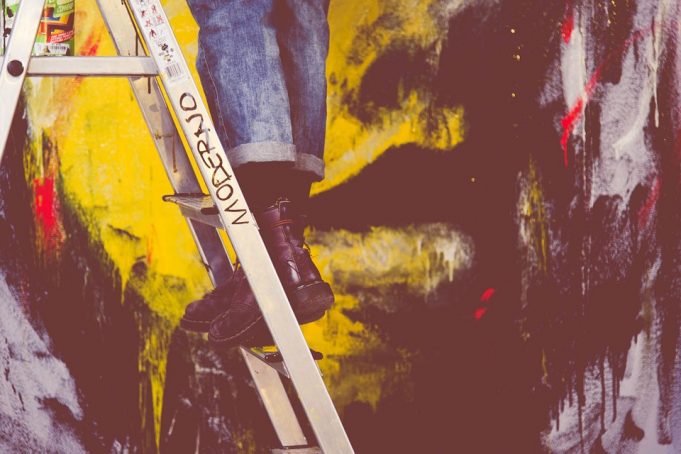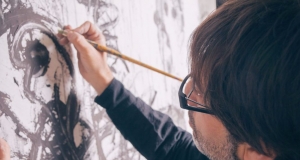A paintbrush is certainly the most commonly used tool in oil painting. But that does not necessarily imply that paint brushes are indispensable for oil painting. Most people, because they do oil painting with paint brushes, easily forget that there are other ways to apply paint to a surface.
Most people who are knowledgeable about oil painting will agree that palette knives have for long been the traditional oil paint mixing tool. It is indeed a fact that palette knives are ideally suited for creating smooth, consistent mixtures of paint with the medium. At the same time, there is no denying that there is a host of oil painters who go beyond the palette with their knives, straight to the painting surface.
These knives are available in a variety of shapes and sizes and even made in plastic. As all of us are aware, for mixing purposes, just one traditional shape or size might do. But applying paint calls for a range of palette knives to choose from like choosing a set of brushes. When you are attempting to paint with palette knives, experiment with different shapes and sizes to see what produces the best effects. It is generally believed that smaller and thinner knives are ideal for lining, and the bigger ones are more suited for loading on the paint.
There are people who are fond of using stencils into their painting work = particularly when the subject demands a repetitive effect. There are ready-made stencils available in the market or you can make your own with the aid of a stencil kit. But you must take care to use the proper materials or else, the desired results cannot be achieved.
All professional painters will agree that stenciling is not a traditional oil painting method. This is one reason why there are hardly any tutorials. Professional will insist you should still keep in mind the fundamentals of the medium – what is generally known as ‘fat over lean’. It is obvious that very thin paint will bleed around the edges, so it might be necessary to wait until one of the thicker layers of your painting. But it is a fact that stenciling in one of the under layers gives a great effect. However, it is advisable to experiment to find a solution that will fit your needs.
You will soon find rags, sponges and even your own fingers as excellent alternate tools when it comes to oil painting. Professional oil painters claim that it is possible one could create an entire oil painting using rags and/or sponges and without the aid of paint brushes. Sometimes the background color of the painting can be effectively done using just one’s own fingers. Of course, the basic ‘fat over lean rule’ always applies, so bear that in mind when experimenting in any innovative methods.
However, one should exercise caution when painting with your fingers or any other part of your body. You must make sure that the oil color and solvents do not absorb into your skin and then into your bloodstream. This could lead to health problems.
Article source: Expert Articles

















